A Complete Guide to Driving in France
Written by Nadia Podrabinek
Hello, my name is Nadia. I usually write about traveling (there are so many places to fit all the lifestyles), relocation, and living in a foreign country (adapting to a different culture). My travels stretch beyond Spain, with journeys to the US, Italy, Norway, Portugal, and France. Relocating to Spain in 2018, I lived in cities from Barcelona to Madrid, currently calling Valencia home. Follow me on Twitter, Facebook, Instagram, or LinkedIn! ... show more

Experienced travelers know that exploring Europe behind the wheel of a car is the best way to go. It makes the trip more romantic, spontaneous, and flexible and allows you to enjoy many places off the beaten path.
France is perfect for road trips with its gorgeous landscapes, vineyards, castles, cozy little towns, reasonable driving laws, and an excellent highway system.
However, it is better to know a few things before starting the engine and setting off for an adventure.
Here is some general information and tips I prepared to make your driving experience in France enjoyable.
What people say on Reddit
Driving in France is mostly no sweat, but do not attempt to drive in Paris. It sucks.Find a rental office at a train station in a suburb, drop off there and take a short train ride into town.
slakmehl
France have a special set of driving laws which differ from other countries and they love to stop foreigners and give them an on the spot fine. Make sure you have the equipment they require such as spare head light bulbs and a hi-vis jacket inside the car not in the boot. Check online for the latest laws I can’t remember them all.
DoNotCommentAgain
I (an american) drove in france for the first time just today! It was mostly no problem at all, though there is this strange and annoying rule here that cars coming into your road from the right have right-of-way if they don’t have a stop sign. in the US, the car going straight has right of way so this is something you really have to pay attention to.
vagabondoer
As an American living in Europe, I’d agree with the others here that driving in France is not difficult, but I would NOT want to drive in Paris. I’ve been in enough Ubers there and seen enough mayhem around the Arc De Triomphe to know that I want no part of that. Avoid speeding, because there are a lot of speed cameras. There are some tolls in some parts of France, but they have the fastest credit card readers I’ve ever seen, so those are pretty easy.
SlothDogBeaver
Driving in France with a US license
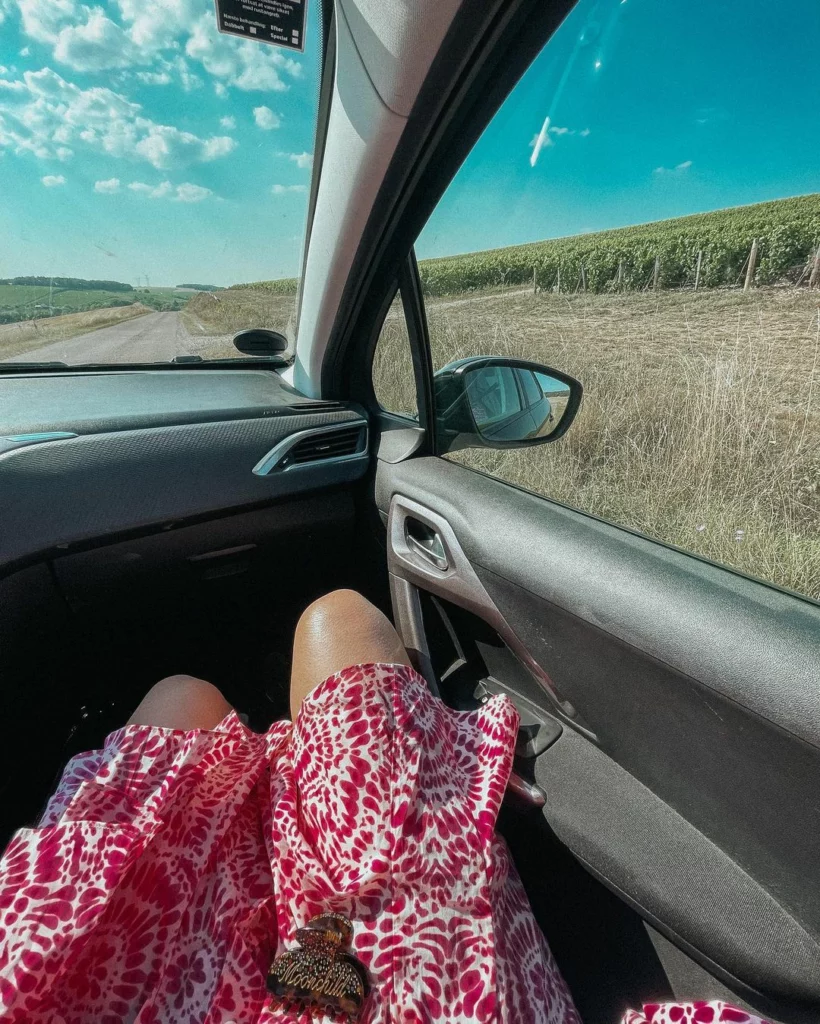
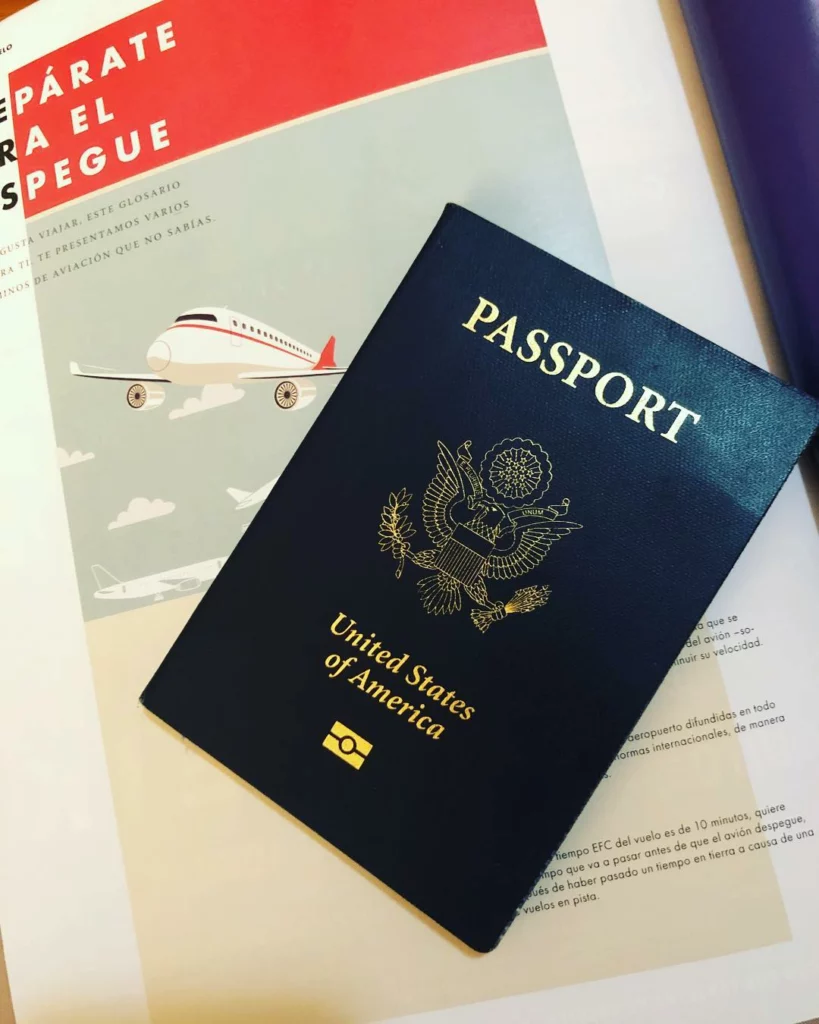
In most cases, an American driver’s license and passport are more than enough to drive a car in France (with the minimum driver’s age of 18).
If you stay in the country for less than 90 days, you can drive for the whole period. And if you are staying in France for more than 90 days (which means you are getting a residential visa), you can drive with your US license for one year starting on the residence permit’s validity date.
However, having an International Driving Permit (IDP) would benefit you as a translated version of your driver’s license.
Moreover, the Ministry of the Interior of France states:
"You can drive with your valid (foreign) license. Ensure it is written in French or accompanied by an official translation to facilitate a possible control."
Getting an International Driving Permit (IDP) is relatively easy. You can do so via the American Automobile Association (AAA) website or your local AAA branch. Here is the application form. Also, you do not need to be an AAA member to apply for an IDP; you will have to pay $20, however.
Renting a car
To rent a car in France, you must keep in mind the following requirements:
1. The minimal car rental age in France is 18, but some car rental companies may set their minimum at 21-23. Expect extra fees if you are a young driver (anywhere from €30-€40 per day).
2. You must have held a driver’s license for at least one year.
Here are some of the trustworthy car rental providers:
Read also: Best day trips from Paris in winter
Driving in France as an American
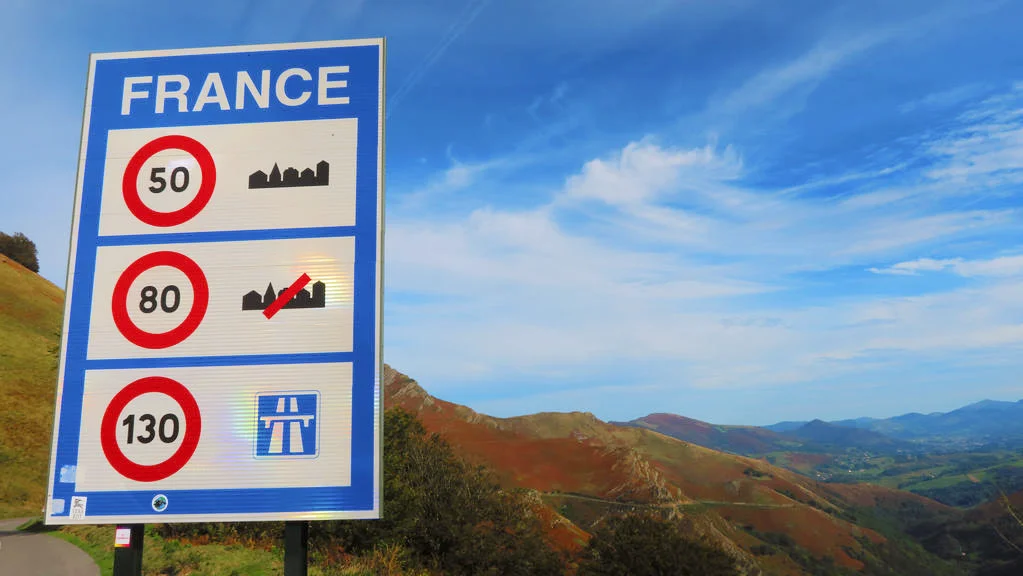
Driving in France and the US looks pretty much the same. The French also drive on the right side of the road, and traffic regulations are identical, so the traffic flow is predictable. Nevertheless, there are some minor differences to keep in mind.
1. The units: You will have to get used to kilometers per hour (km/h) instead of miles per hour (mph).
2. The priority: In France, there is a rule of “priorité a droite” meaning that you must yield to the car coming in from your right. However, if you see the Main Road sign, the rule does not apply.
3. The speed limits: These are different in France, compared to the US, and are standardized all over the country. Although sometimes you will not even see a speed limit sign at the village or town entrance, a driver must still know the basic restrictions.
So, once you enter any settlement, check your speedometer – the speed camera next to the signboard with the town’s name will also perform its own check. If you exceed the limit by more than 5%, you will probably get a speeding ticket (€135).
The general speed limits are:
- 50 kilometers per hour (31 miles per hour) in towns and villages unless otherwise indicated.
- 80 km/h (49 mph) for main roads outside towns and villages.
- 130 km/h (80 mph) for highways (motorways). The number drops to 110 km/h (68 mph) when it rains.
4. Blood alcohol content is even lower than in the US – 0.05%. Although the French are known to have a glass of wine and then get behind the wheel, I strongly recommend being careful with your calculations and refraining from drinking anything. If you have consumed some alcohol already, it is always better to ask your sober friends to pick you up or order a taxi.
5. Roundabouts: For some reason, the French love roundabouts much more than intersections – they are everywhere! So, make sure you are confident when driving through them.
Roundabouts basics:
- Slow down before entering.
- The right signal will help other drivers to see that you are about to exit the roundabout.
- Drivers on the roundabout have priority, as opposed to those trying to enter the roundabout.
- The flow on the roundabout is always counter-clockwise.
Parking your car
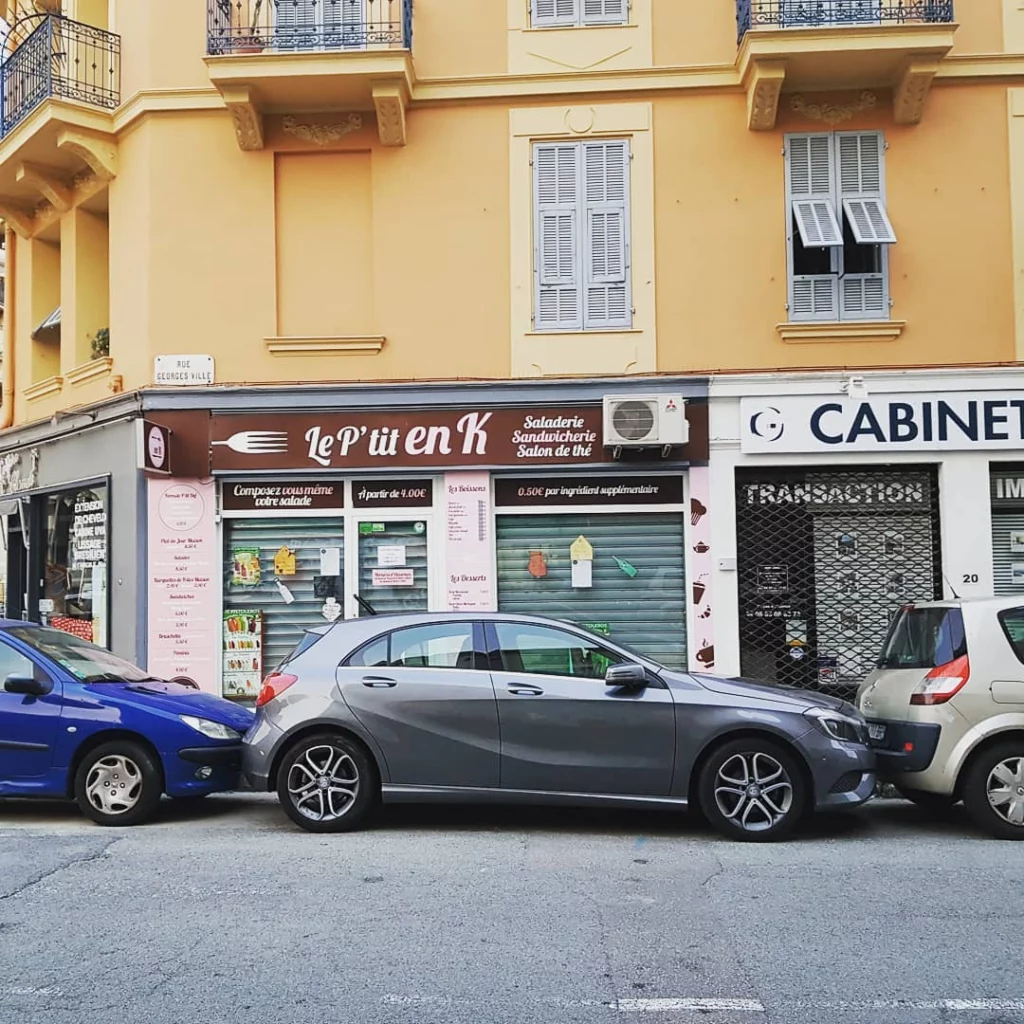
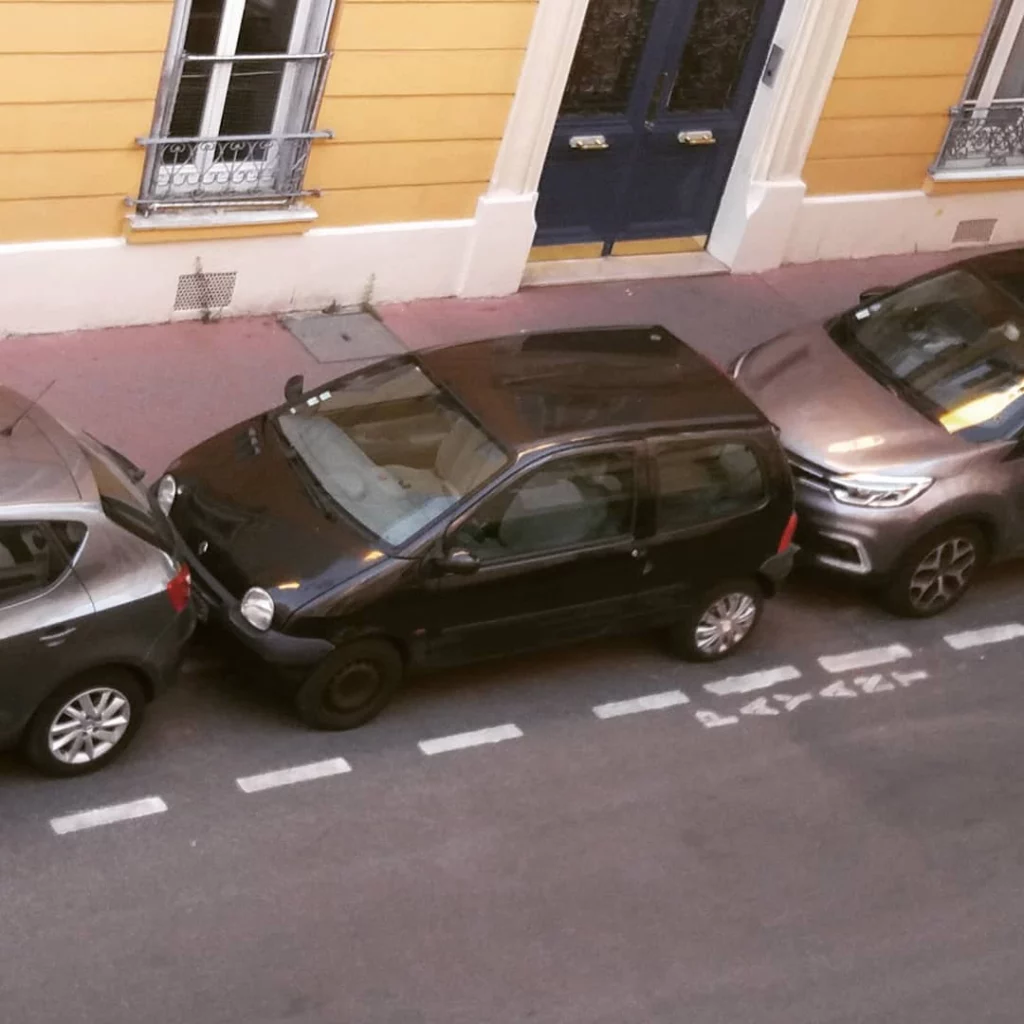
Parking rules are the same as in the US. However, once you park in the city, ensure you know whether it is a paid parking space.
For example, in many French towns, the word Payant is painted on the pavement – this means it is a paid parking space. If you are ready to pay, go to a parking kiosk, choose the number of hours needed, take the ticket, and place it on your car’s dashboard.
Another issue drivers can face in France is the payment system at public garages. You should keep the ticket you got when entering and then pay at the kiosk before exiting. The machine will give you the ticket back after paying, so you can scan it at the very end, at the actual garage exit.
Mandatory equipment
Here is a list of things you need to have in your car while driving in France:
- Reflective triangle with E 27 R certification mark. Remember, you are not required to set it up if you are putting your life at risk by doing so.
- Fluorescent safety vest.
- UK stickers (for the vehicles that do not have the UK identifier within the license plate).
As for spare bulbs, if all your bulbs work fine, you are safe.
Quick tips
- Know where you are parking in every town, and every site, before you go. Otherwise, you risk spending too much time and effort to park your car, especially in big cities.
- Be careful with the speed since there are radars pretty much everywhere.
- French toll booths may not accept some non-EU-issued credit cards. Bring some coins.
- Take pictures of your rental car before and after turning it in, just in case. Remember to get a car with an automatic transmission and fill the gas up before you return the vehicle.
- Keep your passport and proof of insurance with you. You should have the following in the car: a driver’s license, identification document, insurance certificate, and vehicle registration (carte grise).

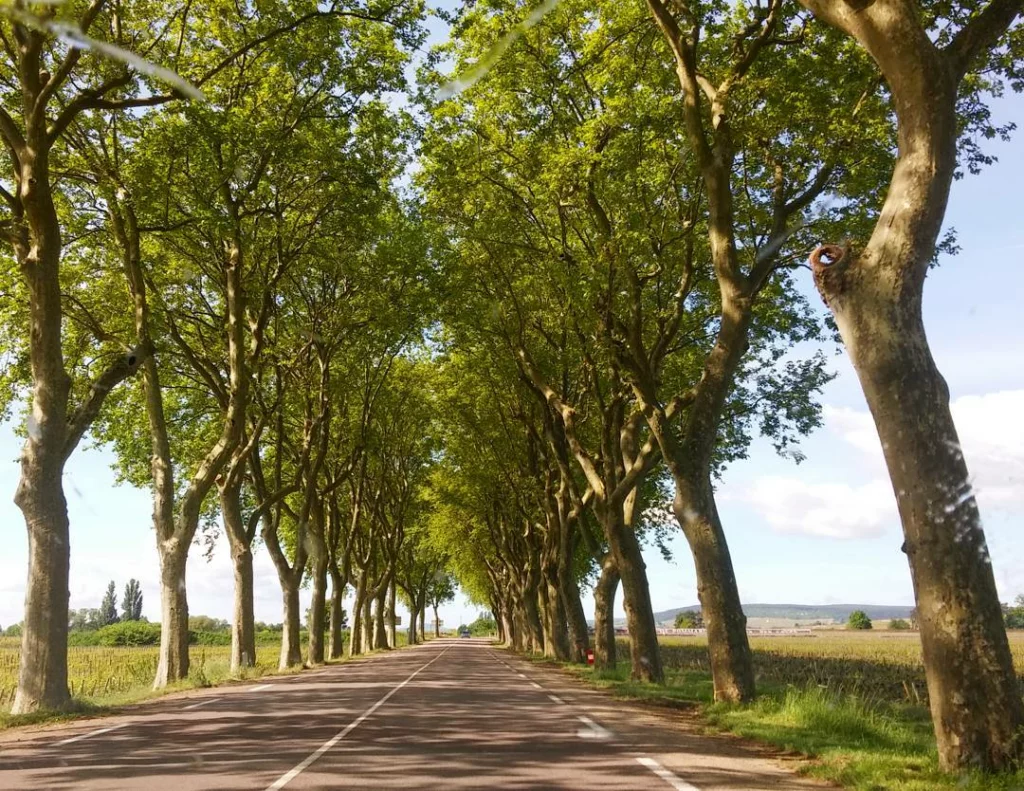
Frequently Asked Questions
Yes, and it is even better with an official translation of your US license. Get an International Driving Permit via the Automobile Club of America (AAA) – it will allow you to travel across Europe and not worry about control stops.
Driving in France after Brexit is no big deal. You can still use your British driver license, but only if the mainland UK authority issued it. For example, Jersey, the Isle of Man, and Gibraltar do not fall under that category – an International Driving Permit must accompany licenses issued by those authorities. For car owners, the vehicle needs a Green Card.
No, you do not have to have an alcohol tester in your car when you are in France.
Fortunately for Americans and many others, in France vehicles are driven on the right side of the road.
The speed limits are standardized all over the country. It is 50 km/h (31 mph) for cities and villages, 80 km/h (49 mph) for main roads outside settlements, and 130 km/h (80 mph) for highways, and 110 km/h (68 mph) if it is raining on highways.
French speed cameras allow a margin of 5% over the speed limit; if you go over it, you may receive a €135 ticket. Paying early (within 15 days) will cost you €90, but if you are late, it will be almost €400.
